Though the Port Authority Bus Terminal is slated to get a $90 million makeover, administrators have yet to hash out exactly how to tackle a long list of necessary improvements to the bus depot.
Urban planners and other experts say the facility’s filthy appearance, lack of retail, and passenger and vehicle congestion are among myriad problems preventing the hub from shining like Grand Central Terminal.
With major improvements to the west side of Manhattan, including the Hudson Yards Development, the extension of the No. 7 train, the terminal needs a facelift to keep pace with the surrounding area, experts say.
“It’s a bit of a black hole over there,” said Margaret Newman, executive director of The Municipal Art Society of New York. “If you’re driving, you avoid it because its congestion. If you’re walking, it’s hard to navigate.”
Better Amenities
John Degnan, the PA’s newly elected chairman, said at a board meeting Wednesday that the aging terminal — it’s 65 years old and saw a $112 million shortfall in 2012 — needs urgent attention. Though a full overhaul will take more than a decade, Degnan said, urgent problems must be addressed before conditions worsen.
Other PA officials, including Executive Director Pat Foye, agreed. “The functionally obsolete facility no longer meets the transportation needs of the hundreds of thousands of riders that pass through the terminal every day,” he said in a statement.
The PA board will specify how it will spend the $90 million at its next meeting in September. But officials have said some money will be set aside for immediate improvements, including two dozen new fans, Wi-Fi access and renovations to restrooms. News of the short-term fixes came as a huge relief to many terminal users.
“The bathrooms need to be cleaned more,” said Shinelle Bernard, 21, a student from Queens. “They are so gross, no one would want to go in there.”
Christine Berthet, chair of Community Board 4, said the PA should also address the terminal’s “depressing” lighting, which doesn’t mesh with the brighter, livelier area outside. “It just makes the place look so dark,” she said. “When you’re waiting around for your bus it gets to you.”
Commuter congestion
Though 65 million passengers traveled through the terminal in 2012, the space is anything but comfortable — especially during rush hour.
“There is some rule that people can’t sit on the ground,” said Greg Askew, 60, of the South Bronx. “The police come around and tell people to get up, especially if they’re waiting a long time. There’s no place to sit.”
Richard Barone, director of transportation programs for the Regional Plan Association, a nonprofit planning organization focusing on the tri-state area, said the PA should create more ticket booths, wider gate areas and better seating for riders.
“There is not enough space for queues to wait, and the lines stretch around the staircases,” he said. “It’s a total mess.”
Newman said the agency should also examine how congestion spills outside the building. The terminal sits amid the ever-evolving West Side, and disorganized foot and car traffic kills the buzz of improvements to the surrounding area.
“It has an off-putting relationship with the street,” she said of the terminal. “Sorting out that pedestrian movement and car buffer would be a major benefit for the neighborhood.”
Bus congestion
Passengers aren’t alone in their growth in numbers and increased demand for space at the terminal. Since the facility doesn’t have the space to handle larger buses, operators must idle on the terminal’s on-ramp or park their vehicles nearby. The highly visible problem threatens the reputation of both the terminal and the West Side, Barone said, as visitors see the area as a bus eyesore.
“Already, the bus terminal is bursting at the seams — that there is a capacity issue,” he said. “That is a big problem.”
The PA commissioned an 18-month study last year to develop expansion plans for the bus depot, in addition to using some of the $90 million earmarked for improvements to combat the clogged line of buse.
Veronica Vanterpool, executive director of the Tri-State Transportation Campaign, a nonprofit transit advocacy group, said such decongestion efforts should be a top priority.
“It’s at a critical junction where, if investment isn’t made soon, we’re going to see a deadlock and decline of riders at the terminal,” she said. “Already, more people want to drive in from New Jersey than wait while their bus idles.”
Lack of retail
The experts also said revamped retail space could boost the bus terminal’s reputation.
Heartland Brewery, Duane Reade and Café Metro are just some of the nearly 40 shops and services inside the facility. Jonathan Bowles, executive director at the Center for an Urban Future, a think tank, said improved retail, similar to that of Penn Station or Grand Central, is “paramount” for Port Authority’s future. The agency can think small and reach out to mom and pops that want to set up shop inside the terminal. “To make it a unique experience, you don’t need to bring in chain restaurants and stores,” he said.
Many passengers, including out-of-state commuters, would appreciate better food options for the ride home, Bowles added. And an improved greens market with pop-up stores is a straightforward solution.
“Thinking about the number of people who go to the terminal as their last stop before they go home into the suburbs, this would be a good idea,” he said. “They can pick up some food for dinner.
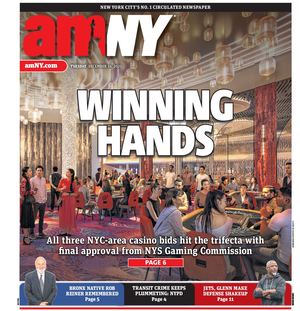


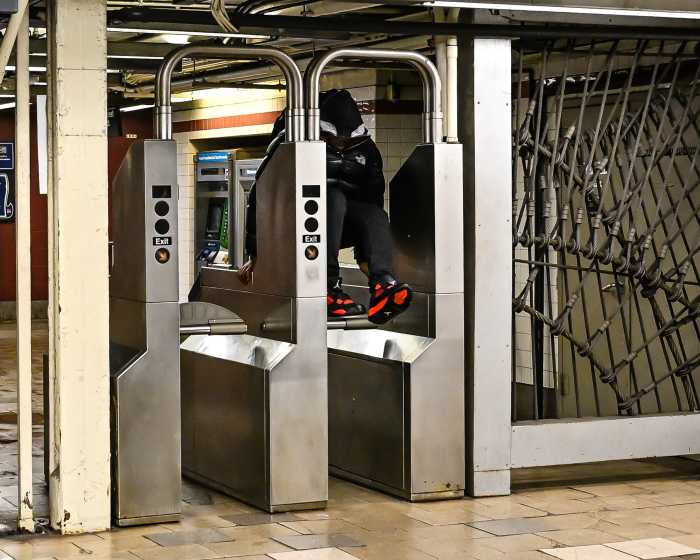


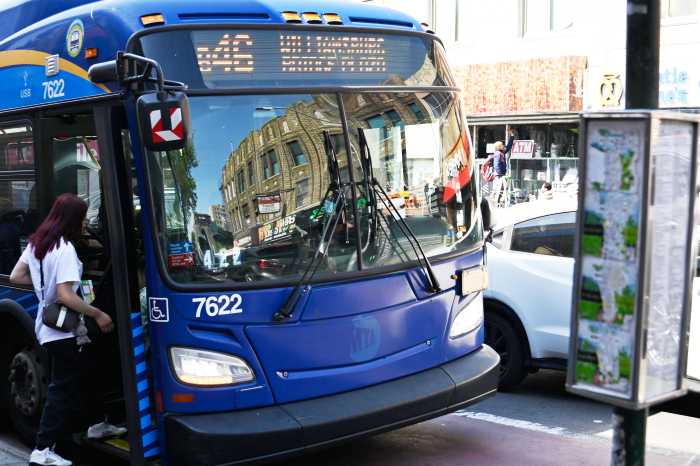











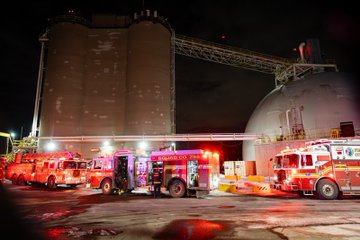
![Fresh Vibes Market_1[1]](https://www.brooklynpaper.com/wp-content/uploads/2025/12/Fresh-Vibes-Market_11.jpg?quality=51&w=1200)












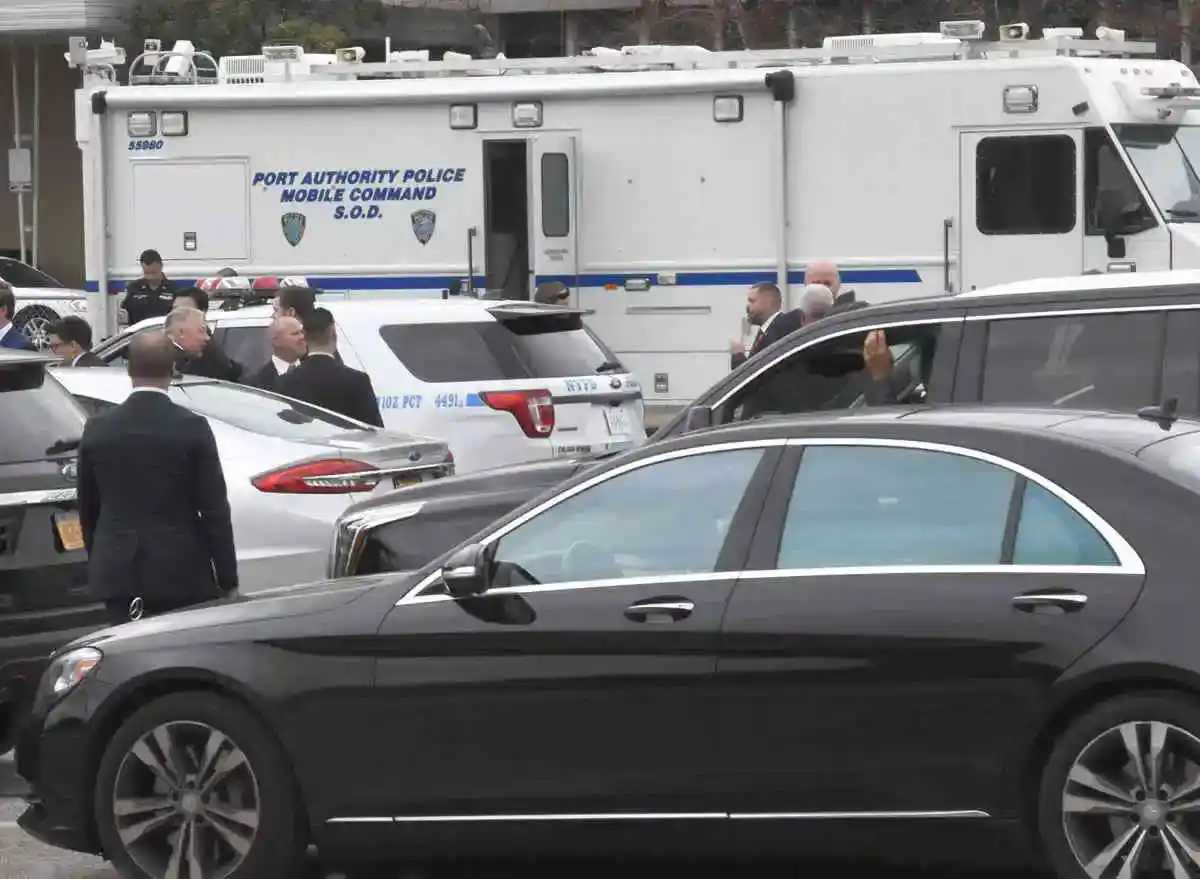
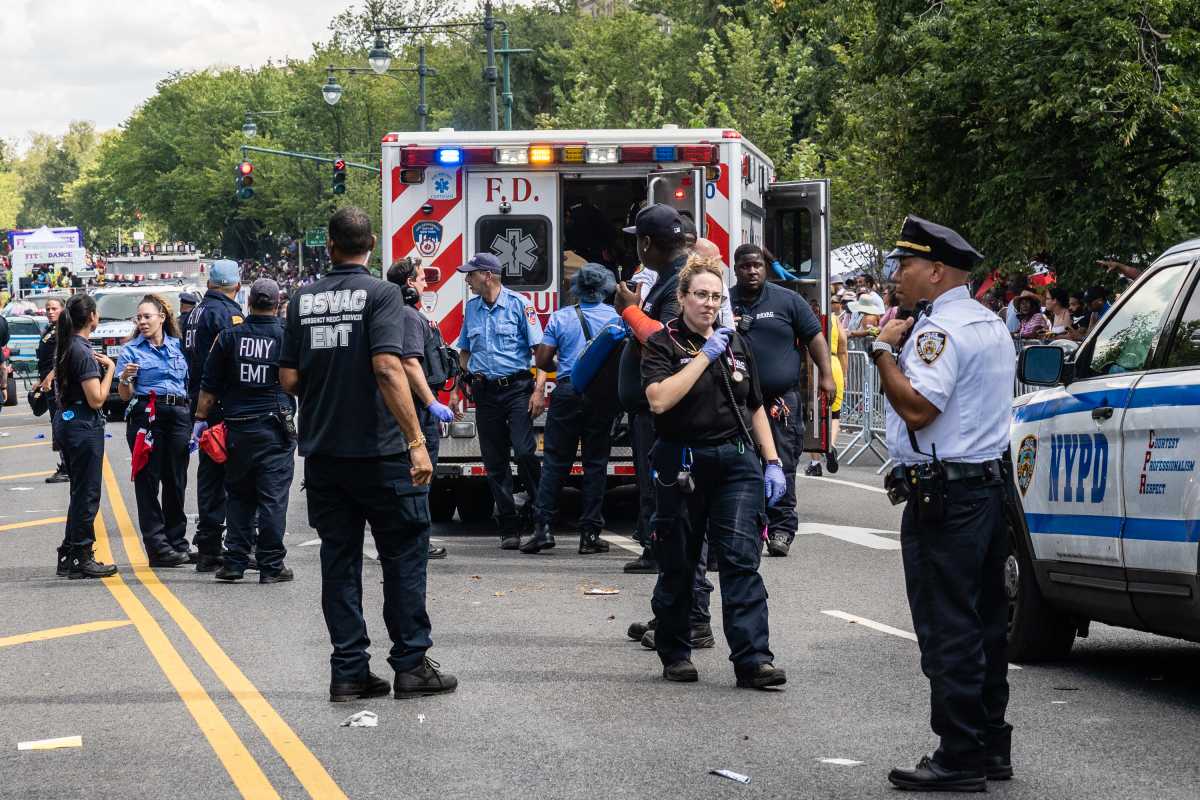

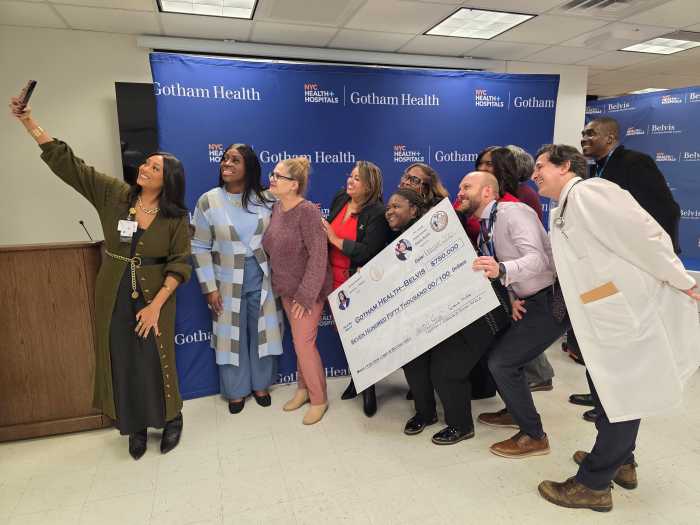

![Fresh Vibes Market_1[1]](https://www.brooklynpaper.com/wp-content/uploads/2025/12/Fresh-Vibes-Market_11.jpg?quality=51&w=700)
